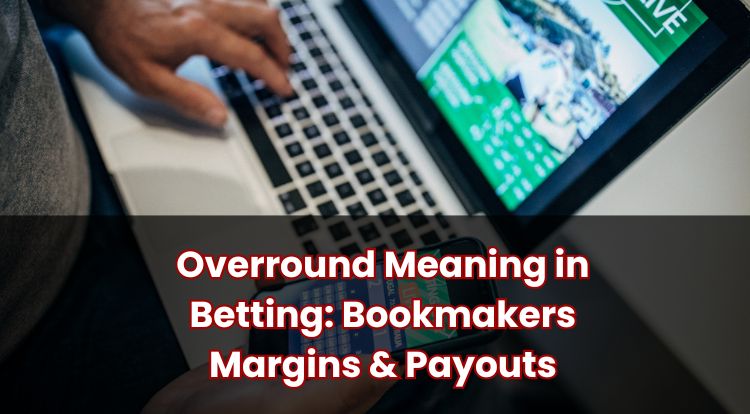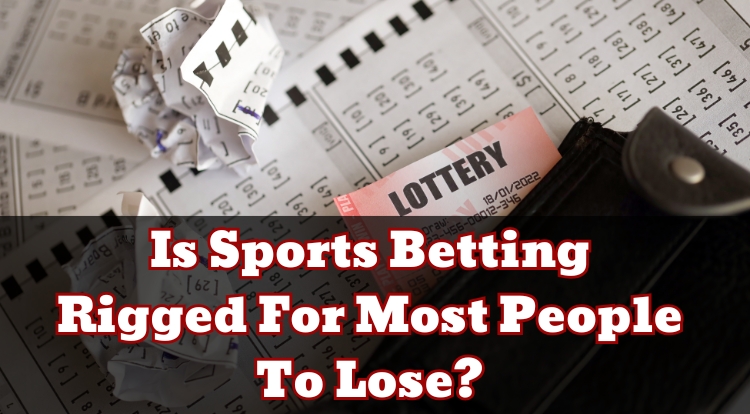How Do Bookies Make Money? Bookmakers Profit Percentage
Ever wondered how bookmakers turn a profit? You’re not alone. Many people are curious about the workings behind the odds.
Bookmakers make their money by offering odds that are slightly in their favour. If you place a bet, they try to ensure that the total amount collected from all bets will still give them a small profit, no matter who wins.
This concept is known as the “overround” or “vig” (short for vigorish). It’s the cushion that guarantees bookmakers stay in business.
In this blog post, we will break down how this works and explain the percentage that bookies earn on each bet, known as the “bookmakers profit percentage”. It’s simpler than you might think.
How Do Bookies Make Money?
Bookmakers have a clever system to ensure they make money. Here’s how they do it:
First, bookies set the odds for each outcome of an event. These odds reflect the probabilities of different outcomes happening. However, the odds are slightly adjusted to favour the bookmaker.
For example, if two football teams are equally matched, you might expect the odds for each team to be 2/1. However, a bookmaker might offer odds of 9/5 for each team instead. This means if you bet £1, you get £1.80 back, rather than £2.
Why the adjustment? This little tweak is called the “overround”. It’s the secret ingredient that ensures the bookmaker makes a profit, regardless of the event’s outcome.
Think of it like a small fee that ensures the bookmaker stays in the game. This fee is usually just a few percentage points added to the total probability.
When numerous people place bets, the bookie balances the bets so that the money paid out to winners is less than the money taken from all bets. This difference also contributes to the bookmaker’s profit.
In essence, bookies make money by carefully setting odds and managing the risk to ensure they always come out ahead, even when they have to pay out on winning bets.
What Percentage Do Bookies Take?
Bookmakers typically take a small percentage from the total amount bet, known as the overround. This ensures they make a profit regardless of the event outcome.
The percentage can vary depending on the event and the bookmaker. However, it’s often between 5% and 10%. This means that after all bets are placed, the bookmaker ensures their odds are set so they make around 5-10% profit.
They achieve this by slightly adjusting the odds to ensure there’s always a built-in profit margin.
The key is in the balancing act – keeping the odds close enough to the true odds so that punters want to place bets but adjusting them enough so that they cover the profit percentage.
Understanding this percentage helps bettors see how bookmakers stay in business and manage to pay out winners while still making money themselves. It’s all about finding that sweet spot in the odds.
Play Slots & Online Casino Games
How Are Bookmakers Odds Calculated?
Bookmakers’ odds are calculated using a mix of statistical data, historical information, and expert analysis. Here’s a straightforward breakdown of the process:
First, bookies look at the probabilities of different outcomes for a particular event. For instance, in a football match, they might estimate the likelihood of each team winning or the game ending in a draw.
These probabilities are then converted into odds. If Team A has a 50% chance of winning, the bookie’s “true” odds would be 2/1. This means for every £1 you bet, you’d get £2 back if Team A wins.
However, to ensure they make a profit, bookies add a small margin to these odds. This margin, or overround, makes the odds slightly less favourable to the bettor. So, instead of offering 2/1 odds, the bookie might offer 9/5.
The overround means that the bookmaker collects slightly more money in bets than they pay out in winnings, ensuring they make a profit no matter the outcome.
In essence, bookies use a combination of maths and experience to set odds in a way that attracts bets but also allows them to generate their profit.
Do Bookies Ever Lose Money?
Yes, bookies can and do occasionally lose money. While their system is designed to guarantee a profit in the long run, there are instances where they might take a hit.
One such instance is when an unexpected or underdog outcome occurs. If a lot of people bet on a long shot and it wins, the bookmaker might have to pay out more than they collected in bets.
Another scenario is when there’s an imbalance in the betting market. Sometimes, more people place bets on one favourite outcome than the bookie has accounted for, leading to a potential loss if that outcome happens.
Promotions and bonuses can also affect a bookie’s profitability. Special offers intended to attract new customers or retain existing ones might result in short-term losses.
Although these occurrences can lead to temporary losses, bookmakers rely on their odds-setting skills and the overround to ensure they remain profitable over time. The system is designed to work in their favour, but like any business, there are occasional risks and losses.
How Much Do Bookmakers Make?
Bookmakers’ earnings can vary widely, depending on the size of the betting market and their skill in managing the odds.
On average, bookmakers aim to make a profit margin, often around 5-10% of the total amount bet. This is called the overround. For example, if a bookmaker handles £100,000 in bets, their profit might be between £5,000 and £10,000.
However, the actual amount can be higher or lower, depending on several factors. Popular sporting events, like the World Cup or Wimbledon, can bring in billions in bets, leading to substantial profits for bookmakers.
Smaller betting markets or niche sports may see less betting activity, resulting in smaller profits. The key for bookies is balancing the odds to make sure they earn that small percentage consistently.
Experienced bookmakers use data and expertise to set odds that can attract bets on all possible outcomes. This ensures they collect enough money from losing bets to cover their payouts to winners and still keep a profit.
Bookmakers might not win big on every single event, but over time, the consistent application of margins helps them to stay profitable in an industry where chance takes the lead. Always remember to gamble responsibly and never chase your losses.
































































